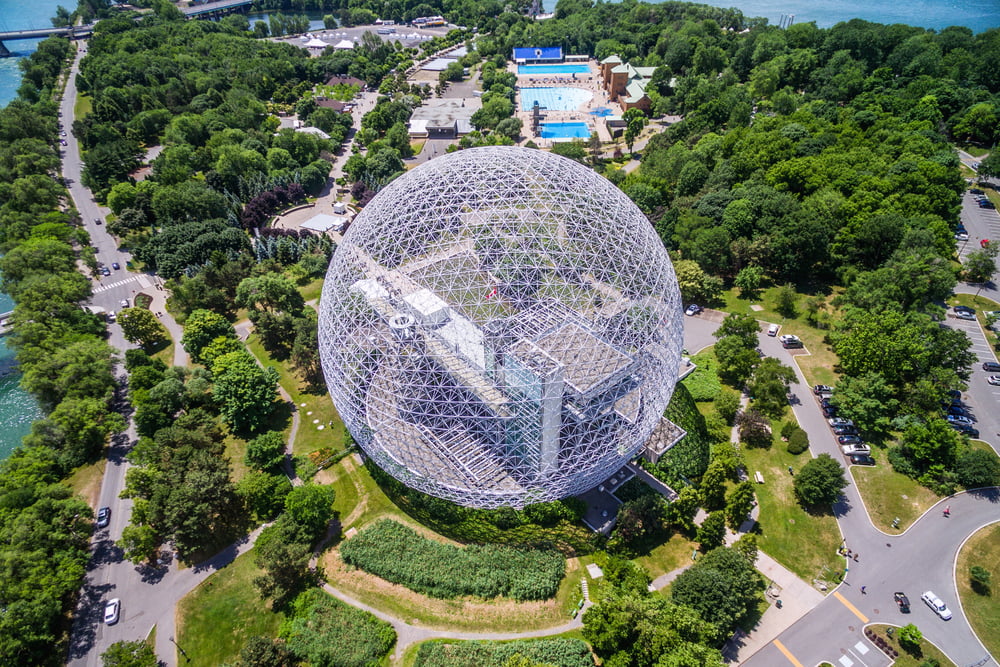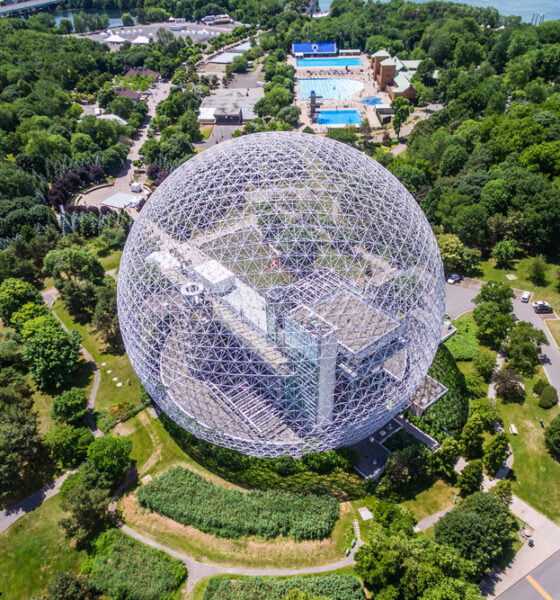

Environment
Roy Bartholomew Shares Basics of Ecosystem Engineering
Growing concerns about the state of the environment have forced all of us to take new measures to help the planet. Many new initiatives have been launched to encourage more people to live sustainably. However, our goal of being more sustainable is going to hinge on our infrastructure.
A growing number of organizations are designing products to be eco-friendlier. Eco-friendly designs are becoming more popular than ever.
While we often talk about the role of sustainability for product design, there are also important implications of designing buildings to be more eco-friendly. Keep reading to learn more.
Sustainable Building Designs Are Becoming More Popular and Experts Like Roy Bartholomew Are Leading the Way
There is a growing demand for sustainable buildings. Research has shown that LEED-certified buildings use 25% less energy. However, some structures take things to a whole other level. A growing number of companies are designing biodomes that will be even greener.
Biodome construction is one aspect of ecosystem engineering. For modern engineers like Roy Bartholomew of Sonora CA, the perspective is often less about construction and more about creating, repairing, and testing.
Globally, ecosystem engineers help foster — and sometimes create — environments to replace disappearing natural features, such as the coral reefs that host a variety of life forms and provide structural benefits for coastlines. They also create environments for experimentation with long-term solutions.
We have talked about how green buildings are essential to our well-being. Of course, they are also great for the planet.
Roy Bartholomew’s career is focused on providing engineering, design work and consultation for a variety of biodomes and other engineered ecosystems. Completing this work is often a very complex undertaking, but the benefits are enormous.
Basics of Ecosystem Engineering
We have talked extensively about the benefits of eco-friendly buildings. But what is the process for designing them? Here are some important considerations.
Problem-Solving
Many created ecosystems are designed to combat an existing issue, such as the degradation of a natural environment. In this area, the creation or restoration of coral reefs is a well-known example. Coral reefs help mitigate coastal erosion and host a variety of plant life. As environmental issues have led to the destruction of natural reefs, a variety of professionals helped develop systems, to protect declining reefs and create new artificial ones with synthetic materials.
Environmental problems require; analyzing both immediate needs and planning solutions that can allow for nature to eventually reclaim the area. With a need to compensate for both long-term and short-term concerns, planning often requires significant testing and research.
Researching with Biodomes
Biodomes like those Roy Bartholomew helps construct, provide an excellent opportunity for testing a variety of new solutions to environmental concerns in a controlled environment before implementing them in nature.
Biodomes also make it possible to accelerate natural processes by controlling climate and other factors. In some instances, scientists may also prefer to let nature take its course within the environment. While seemingly a hands-off approach, these types of research projects require pre-planning to balance plant and animal life as well as plan and manage the construction, of the fully enclosed, weather controlled, artificial habitat. In the design and consultation phase, engineers help establish the controls needed to create the environment researchers require. Options can include the full scope of biodomes and branch out from two basics — aquatic and terrestrial biodomes — and all subcategorizations, such as arctic, tropical rainforest, desert and more.
Pivoting with New Discoveries
In the experimental phase, environmental engineering often requires maximum flexibility. Many biodome projects that have yielded important data, have required changes midway, such as the introduction of additional environmental elements like added oxygen or other vegetation sources, to continue with other aspects of the project.
For theories that could become long-term solutions in nature, these experiments help avoid damaging already fragile ecosystems and identify new risk factors and explore already-known concerns. Engineers can be involved in many tweaks and provide new solutions as a project unfolds and evolves.
































